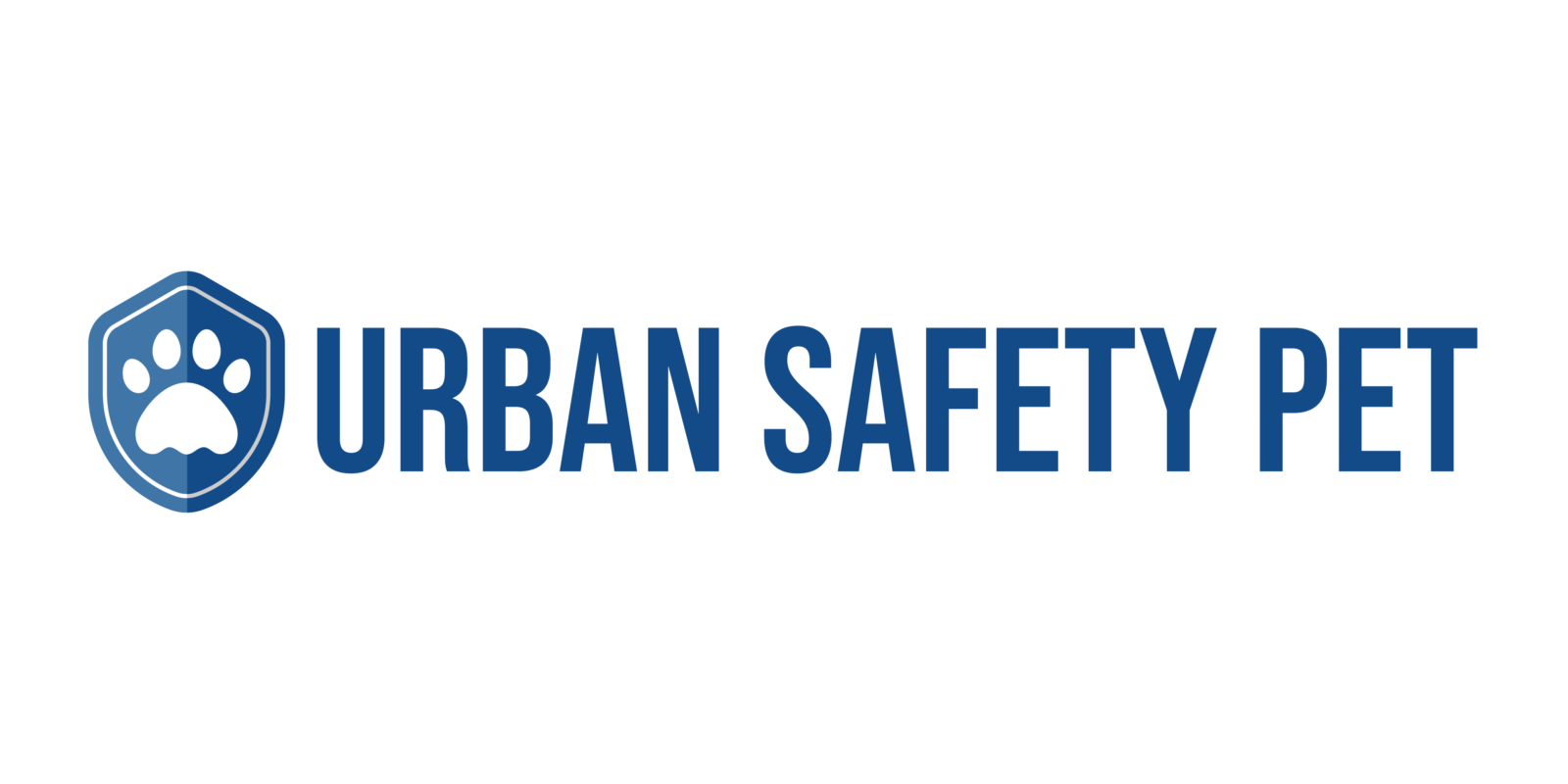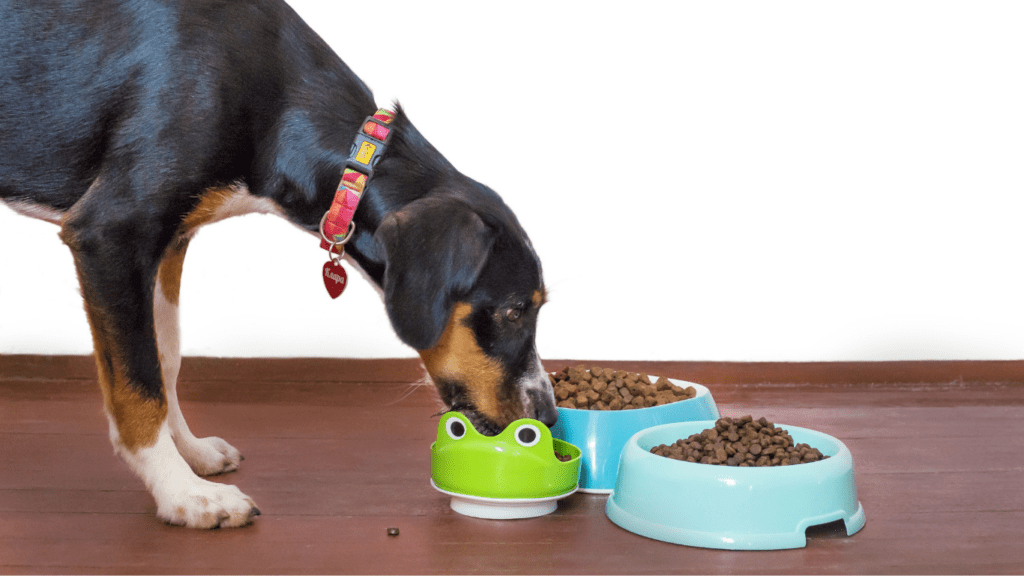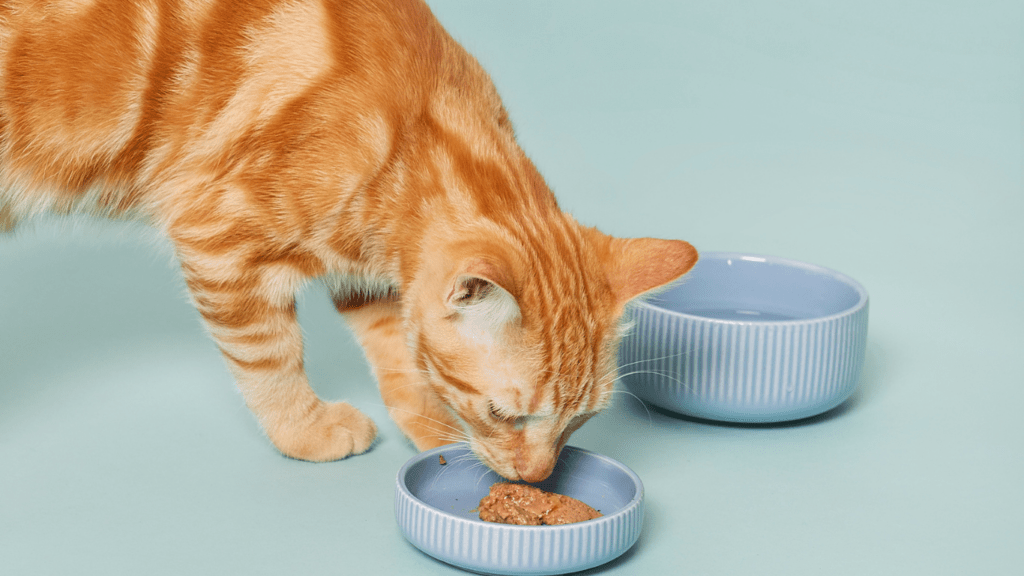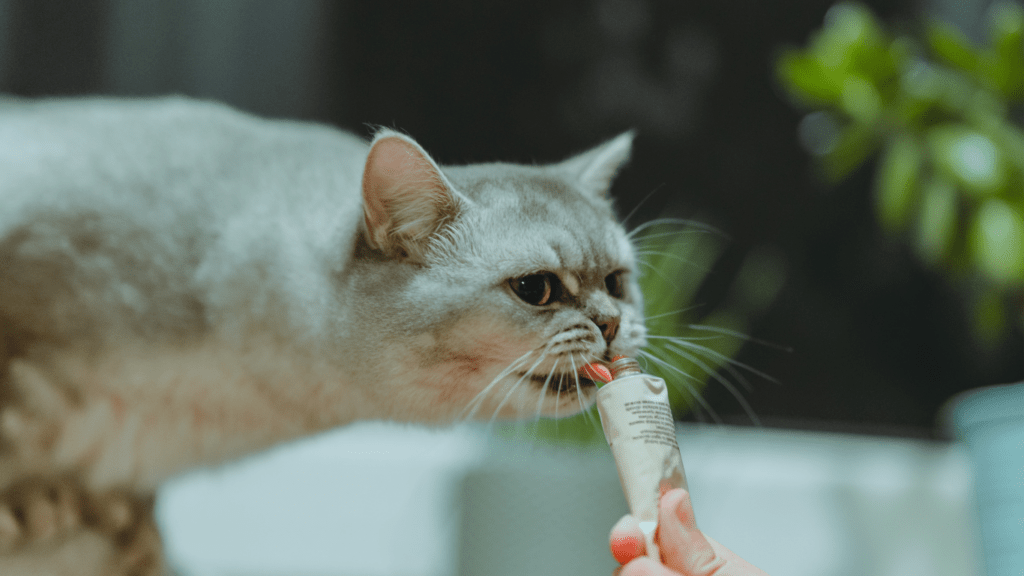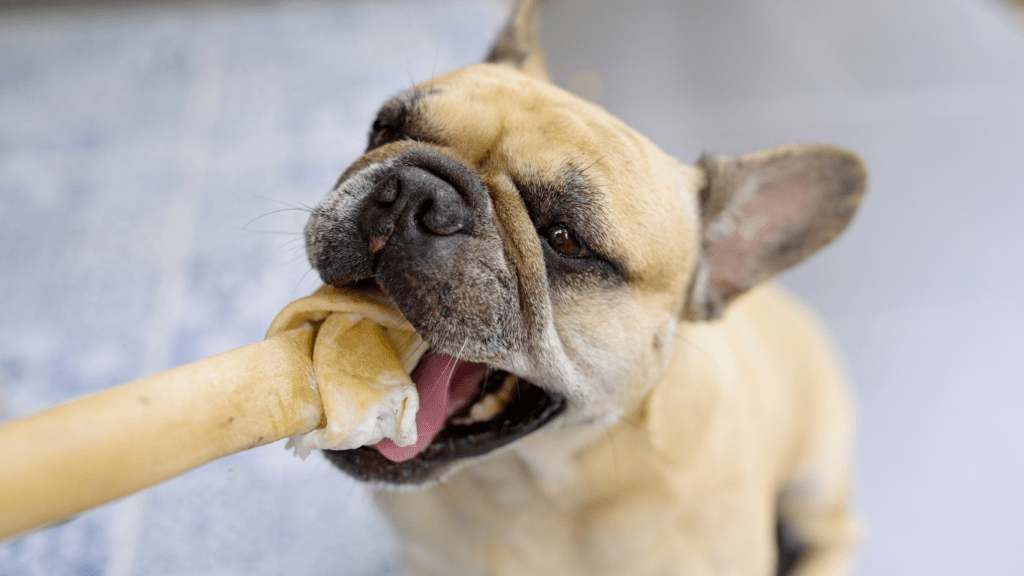Understanding Your Pet’s Nutritional Needs
Understanding your pet’s nutritional needs ensures their health and well-being. Different species and life stages require specific nutrients for optimal health.
Dietary Requirements by Species
Each species has unique dietary requirements. Dogs need a balanced mix of protein, fat, and carbohydrates. Protein sources should include meat, poultry, and fish. Cats, being obligate carnivores, need high-protein diets primarily from animal sources. They also require taurine, an amino acid not found in plant proteins. Rabbits thrive on a diet rich in fiber from hay and vegetables, while guinea pigs need vitamin C from fruits and vegetables.
Age and Size Considerations
- Nutritional needs vary with age and size. Puppies need protein-rich diets for growth and development.
- Select food labeled for growth to meet these needs.
- Adult dogs need balanced diets to maintain health, while senior dogs require fewer calories and joint support nutrients like glucosamine.
- Kittens need high-calorie diets for rapid growth.
- Adult cats benefit from a balanced diet to maintain weight, while senior cats need higher protein to preserve muscle mass.
- For both dogs and cats, adjust portion sizes based on their size and activity level.
- Dietary adjustments based on species, age, and size ensure pets receive optimal nutrition, promoting their overall health.
Reading Pet Food Labels
Understanding pet food labels is crucial for selecting the right food for your pet. Labels provide essential information about ingredients and nutritional content.
Ingredients to Look For
High-quality ingredients are vital. Look for named protein sources like:
- chicken
- beef
- salmon
These ensure your pet receives essential amino acids for muscle maintenance. Whole grains like brown rice and oats offer digestible energy and fiber. Vegetables such as carrots and spinach provide vitamins and antioxidants. These elements contribute to a balanced diet for your pet.
Ingredients to Avoid
Avoid by-products like animal digest or meat meal. These ingredients often include lower-quality protein sources. Artificial additives such as colors, flavors, and preservatives can cause health issues. Ingredients like BHA, BHT, and ethoxyquin have been linked to potential risks. Also, steer clear of high quantities of corn and soy, as they offer limited nutritional value and can trigger allergies.
Types of Pet Food Available

Choosing the right pet food involves understanding the different types available. Familiarizing yourself with various options ensures you can select the best one for your pet’s health and dietary needs.
Dry Food vs. Wet Food
Dry food, often called kibble, is a popular choice due to its convenience and long shelf life. It’s cost-effective and aids in dental health by reducing tartar buildup. However, not all pets find it palatable, and it contains lower moisture content (approximately 10%) which might not be suitable for pets that need a high water intake.
Wet food, on the other hand, typically contains about 75% moisture. This makes it a good option for pets needing extra hydration, like cats prone to urinary tract issues. It’s more palatable than dry food due to its texture and aroma. However, it’s more expensive and requires refrigeration after opening.
Grain-Free Options
Grain-free pet food excludes common grains like corn, wheat, and soy. These diets focus on protein sources like meat, fish, and vegetables. They’re often recommended for pets with grain allergies or sensitivities. However, grain-free doesn’t always mean healthier. Check for quality protein and balanced nutrition in these options to ensure they meet your pet’s dietary requirements.
Special Diets
Special diets cater to pets with specific health conditions. For example, there are formulas for weight management, urinary health, and sensitive stomachs. Veterinary prescription diets are available if your pet has chronic conditions like kidney disease or diabetes. Always consult your vet before switching to a special diet to ensure it’s suitable for your pet’s health needs.
Identifying Reputable Pet Food Brands
Choosing the right pet food involves identifying brands that prioritize safety and quality. Trustworthy brands provide assurance that your pet’s nutritional needs are met consistently.
Research and Reviews
I always start by researching pet food brands online. Reliable reviews come from veterinary websites, pet food recall lists, and consumer feedback forums. Reviews highlight the experiences of others and often point out consistent quality or recurring issues. Additionally, consulting resources like Dog Food Advisor or Cat Food Database provides detailed breakdowns of ingredients and nutritional value.
Certification and Standards
Certifications confirm a brand’s commitment to industry standards. Organizations like the Association of American Feed Control Officials (AAFCO) set nutritional benchmarks for pet food. Reputable brands adhere to these guidelines, ensuring balanced nutrition.
Looking for AAFCO statements on packaging verifies that the product meets established nutritional standards. Also, brands certified by the Global Food Safety Initiative (GFSI) undergo strict safety audits and continuous monitoring, ensuring high-quality production processes.
Brands dedicated to transparent practices often provide detailed sourcing information and ingredient lists, reflecting their commitment to safety and quality in pet food.
Common Pet Food Safety Concerns
Ensuring pet food safety is essential to maintain your pet’s health. I’ll outline key concerns, focusing on recalls, contaminations, and proper storage.
Recalls and Contaminations
Pet food recalls, often due to contamination, impact both pet and owner. Contaminations stem from bacteria and toxins, such as Salmonella, Listeria, and melamine. A recall happens when a product fails safety standards, posing health risks.
Regularly check the FDA’s recall list, which provides updates on recalled pet foods. Staying informed minimizes exposure to harmful products.
Proper Storage Tips
Proper storage of pet food prevents contamination and spoilage. Store dry food in a cool, dry place, ideally in an airtight container. Keep wet food in the refrigerator, discarding unused portions after three days.
Prevent exposure to light and humidity to maintain the food’s nutritional integrity. Always wash hands and utensils after handling pet food to avoid cross-contamination.
